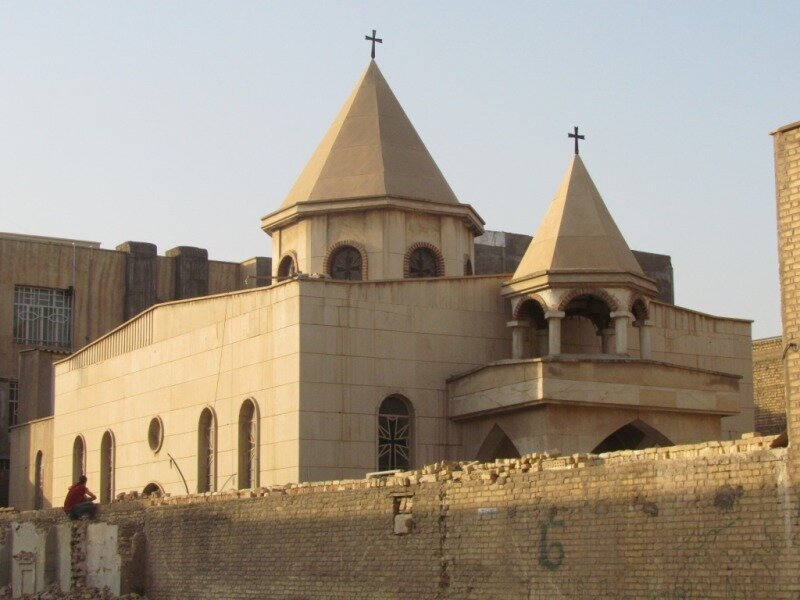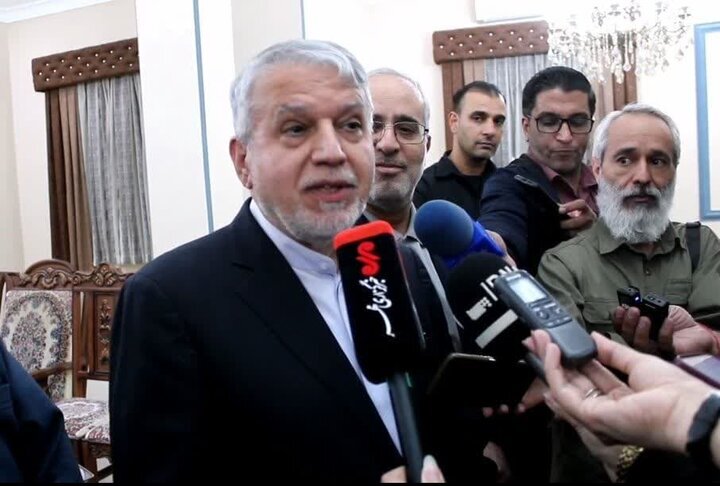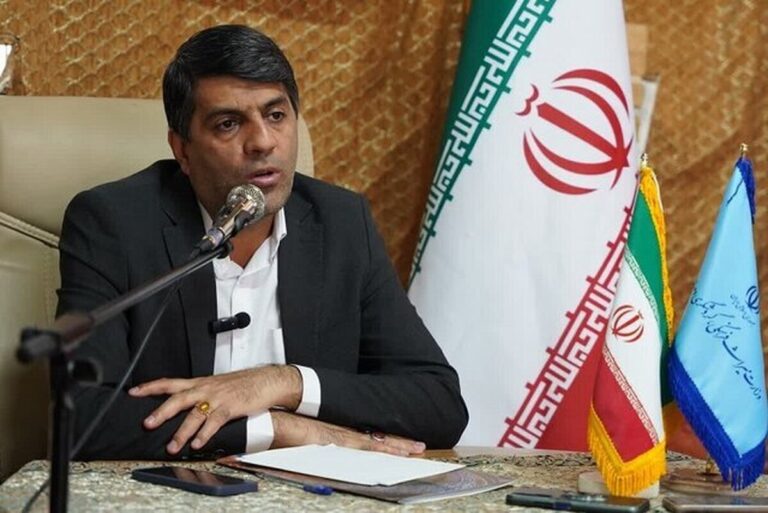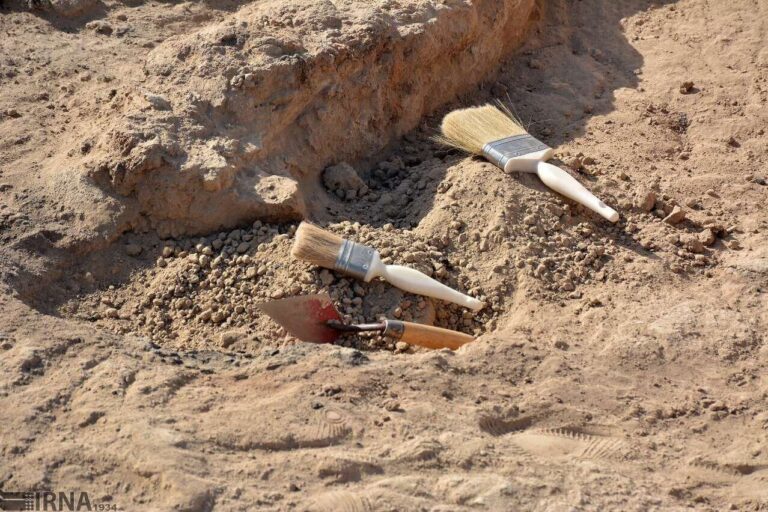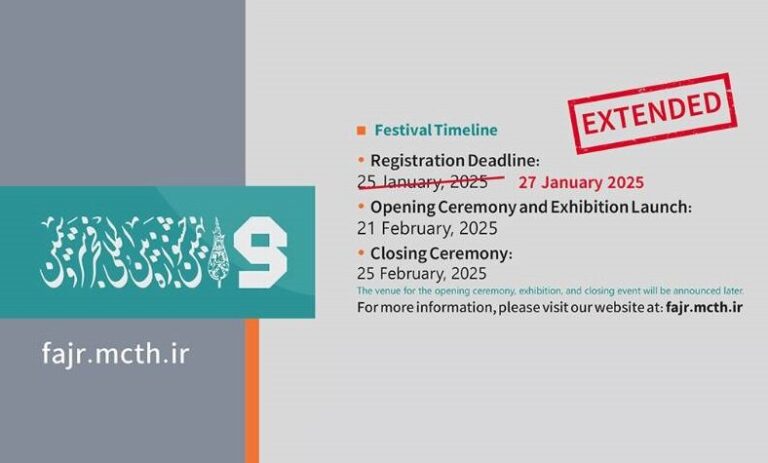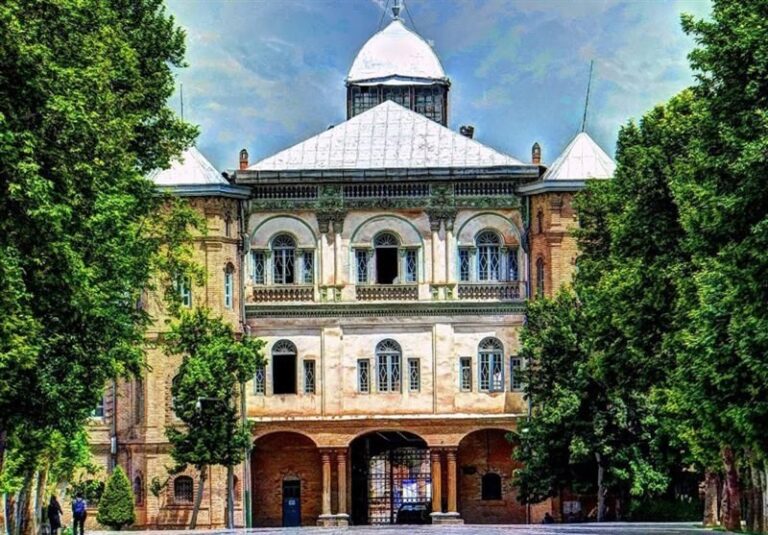Discover the Hidden Gems: Armenian Churches in Abadan and Ahvaz Poised to Boost Tourism
Armenian churches and cemeteries in the Iranian cities of Abadan and Ahvaz possess tremendous potential to enhance cultural tourism in the region. Recent discussions led by an Iranian lawmaker representing the Armenian community have shed light on the importance of these historical sites. Geghard Mansooryan, who serves as the representative of Armenians from Isfahan and southern Iran in the Iranian Parliament, recently explored various Armenian religious and historical landmarks in both cities. His findings indicate that these sites could significantly contribute to the local tourism economy.
“Given the historical presence of Armenians in Abadan and Ahvaz, these cities are among the most prominent Armenian-populated areas in the country,” Mansooryan stated. “There are two churches in each city, as well as Armenian cemeteries and properties, all of which have notable tourism potential.”
During his inspection tour, Mansooryan highlighted several key aspects:
- Abadan’s church has already undergone restoration.
- The church in Ahvaz requires renovation, along with its adjoining cemeteries.
- Efforts must be made to prepare these sites for visitors in a structured and respectful manner.
He emphasized the necessity of enhancing the organization of the cemeteries to accommodate tourism effectively. “The organization of the cemeteries must be improved to accommodate tourism. The local Armenian community is planning to further assess the tourism potential of these churches and cemeteries in the coming months,” he remarked.
Mansooryan concluded his observations by underscoring the importance of integrating all available heritage assets into tourism development plans. He noted that maximizing the use of these underutilized sites could substantially contribute to funding and sustaining local tourism initiatives.
Located in the southwestern province of Khuzestan, the cities of Abadan and Ahvaz offer a captivating amalgamation of history, culture, and industrial heritage. These characteristics position them as unique and lesser-known destinations for tourism in the ancient country of Iran.
Ahvaz, the capital of Khuzestan province, is situated along the banks of the Karun River. It has long served as a hub of industry, culture, and ethnic diversity. The city is home to a rich tapestry of communities, including Persian, Arab, Lur, and Armenian populations, each adding to its vibrant cultural landscape. Ahvaz features several historical bridges, bustling traditional markets, and a lively riverfront atmosphere. Among its less recognized yet culturally significant sites are Armenian churches and cemeteries, which testify to the enduring presence of the Armenian community in the region.
Although some of these heritage sites are in need of restoration, they represent valuable assets for promoting cultural and religious tourism. Their potential to attract visitors is substantial, particularly when paired with strategic marketing and restoration efforts.
On the other hand, Abadan has earned its reputation as one of the world’s most important oil refining centers. The city’s distinctive urban character is shaped by its modern industrial history and multicultural population. Best known for the Abadan Refinery, a historic symbol of Iran’s oil industry, the city has recently focused on preserving and showcasing its architectural and religious heritage.
The renovated Armenian church in Abadan stands as a testament to the city’s diverse past. With a legacy marked by coexistence and strategic significance during both the oil boom and the Iran-Iraq War, Abadan is emerging as an intriguing destination for industrial heritage tourism, war tourism, and cultural exploration.
In conclusion, the Armenian churches and cemeteries in Abadan and Ahvaz not only reflect a rich historical narrative but also hold the key to enhancing cultural tourism in the region. As local communities and lawmakers work together to restore and promote these sites, the potential for attracting tourists and enriching the local economy becomes increasingly evident. The journey towards revitalizing these cultural treasures is essential for preserving the heritage and fostering a vibrant tourism landscape in Iran.
